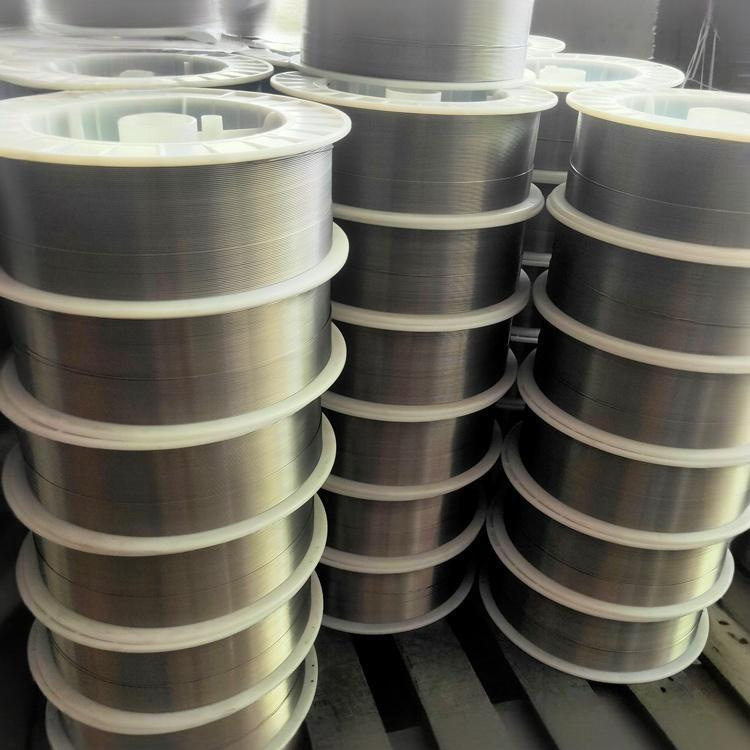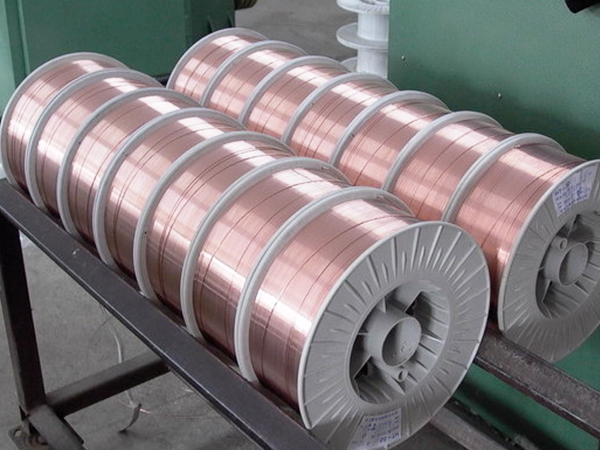The welding materials market has long been a reliable indicator of activity across manufacturing industries. Recent economic shifts and technological advancements have begun to influence demand patterns for these essential industrial components. This article examines current trends in welding material consumption across major manufacturing sectors without making exaggerated claims or focusing on specific environmental aspects.

Current Market Overview
Welding materials remain fundamental to industrial production, with consumption levels reflecting broader manufacturing output. Industry reports indicate moderate growth in the global welding consumables market, though demand patterns show variation between sectors. The market continues to evolve in response to changing production requirements and technological developments in joining processes.
Sector-Specific Demand Changes
Automotive Manufacturing
The automotive industry traditionally represents significant demand for welding materials. Recent developments show:
Moderate reduction in conventional welding material use as vehicle designs evolve
Increased adoption of advanced joining technologies for new vehicle architectures
Stable demand from commercial vehicle production segments
Heavy Equipment and Machinery
This sector maintains consistent welding material requirements with some notable developments:
Sustained consumption levels from construction equipment manufacturers
Growing use of specialized filler metals for equipment durability
Adaptation to newer alloy combinations in heavy machinery components
Energy Sector Applications
Energy-related industries continue to influence welding material demand:
Steady requirements from conventional power generation maintenance
Changing patterns in energy infrastructure projects
Evolving material specifications for high-temperature applications
Technological Influences on Material Demand
Manufacturing advancements are reshaping welding material needs:
Improved welding processes requiring different consumable characteristics
Development of enhanced filler metals with superior performance attributes
Automation trends affecting consumption patterns in high-volume applications
Regional Demand Variations
Geographic factors continue to impact welding material markets:
Established industrial economies maintaining stable baseline demand
Growing manufacturing regions showing increased consumption
Localized shifts in material preferences based on regional industry mixes
Supply Chain Considerations
Recent global events have highlighted several factors:
Improved inventory management practices among manufacturers
Diversification of supply sources for critical welding materials
Continued emphasis on material quality and consistency
Future Outlook
While predicting exact demand levels remains challenging, several trends appear likely:
Gradual evolution of material requirements as manufacturing processes advance
Ongoing adaptation to changing industry needs and specifications
Balanced growth across sectors as industrial production patterns adjust

Conclusion
The demand for welding materials across key manufacturing sectors shows measured changes rather than dramatic shifts. While certain industries are adjusting their consumption patterns, welding remains essential to industrial production. Manufacturers and suppliers continue to adapt to evolving requirements while maintaining focus on quality and performance characteristics that meet industrial needs.